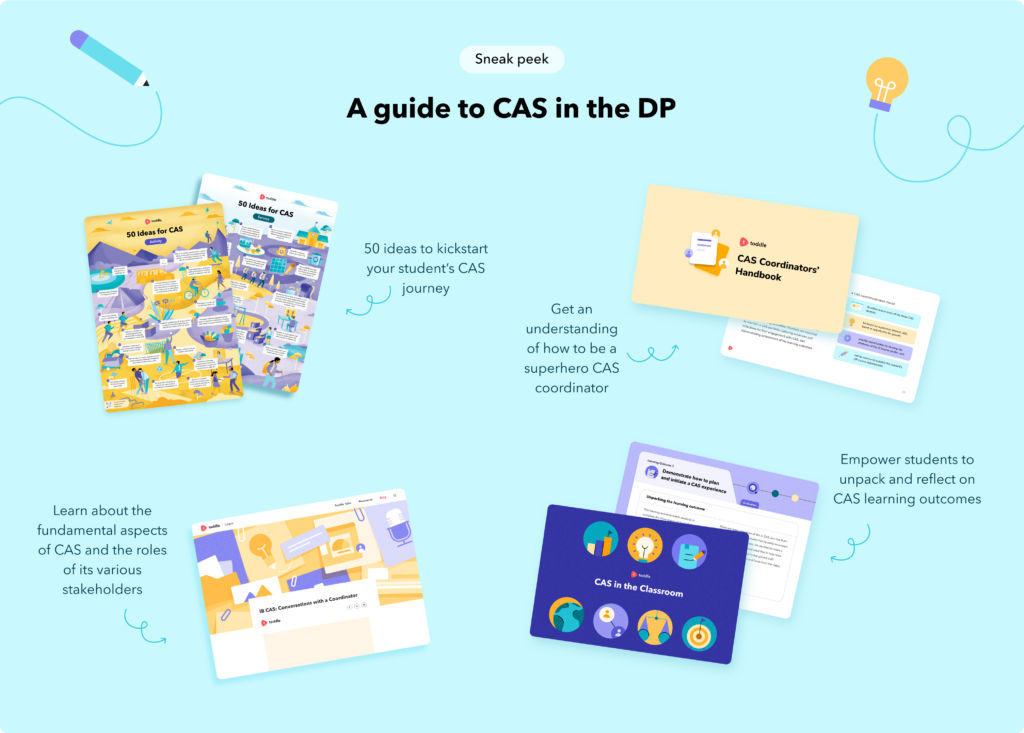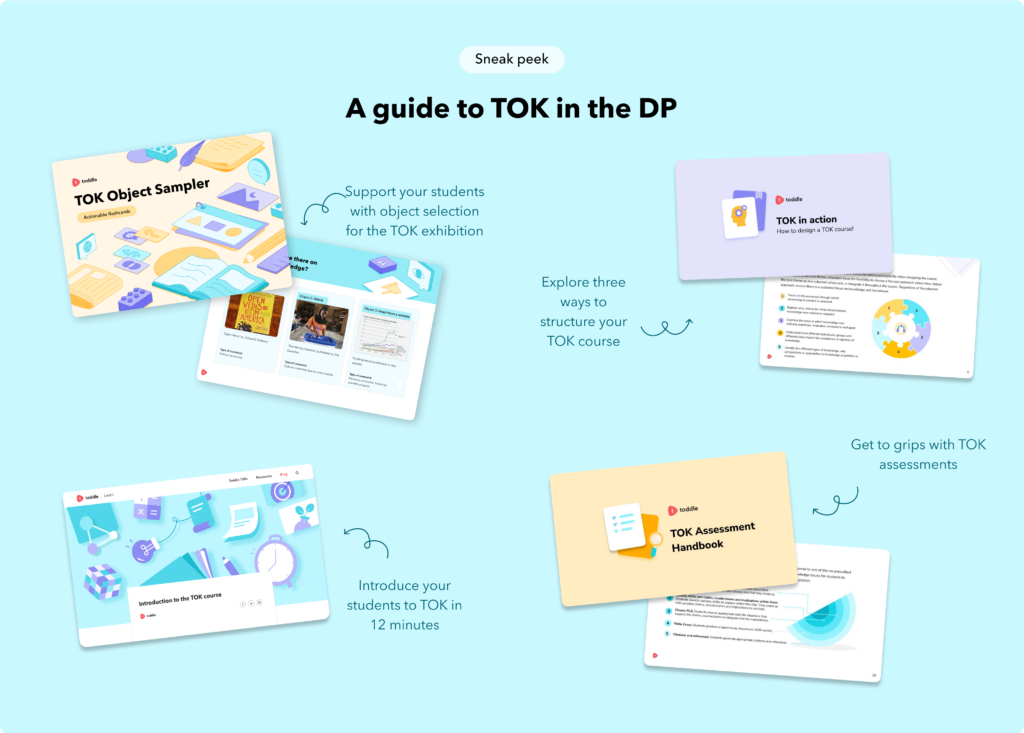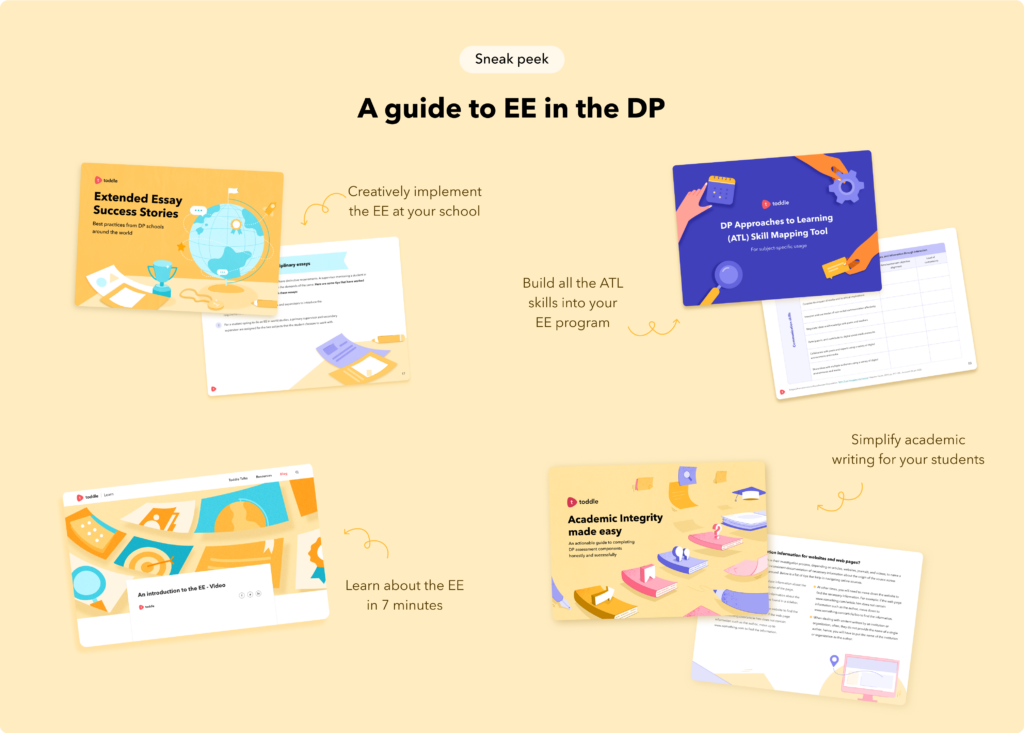
We must go beyond textbooks, go out into the bypaths and untrodden depths of the wilderness and travel and explore and tell the world the glories of our journey.
John Hope Franklin
As a DP educator, an important part of your role is to inspire your students to honour their strengths, take risks, and move out of their comfort zones. The IBDP CAS programme – Creativity, Activity, and Service – gives you the opportunity to create a space for students to build on their existing talents and explore others as they pursue the seven learning outcomes.
This guide has been designed to help you get insights into how the CAS programme is valuable for students and gain a thorough understanding of its requirements. As a coordinator, you will also discover actionable strategies to develop a programme that is challenging, enjoyable, and leads your students to a journey of self-discovery.
Please note:
We designed this guide to be navigated sequentially. That being said, this is your inquiry so feel free to jump around to the sections you find most relevant to your context.
Who is this for and what’s inside?
- DP coordinators and school leaders looking for strategies and resources to support their teams understand and implement the CAS effectively
- New CAS advisers looking to dive into the what, why, and how of CAS in the DP





